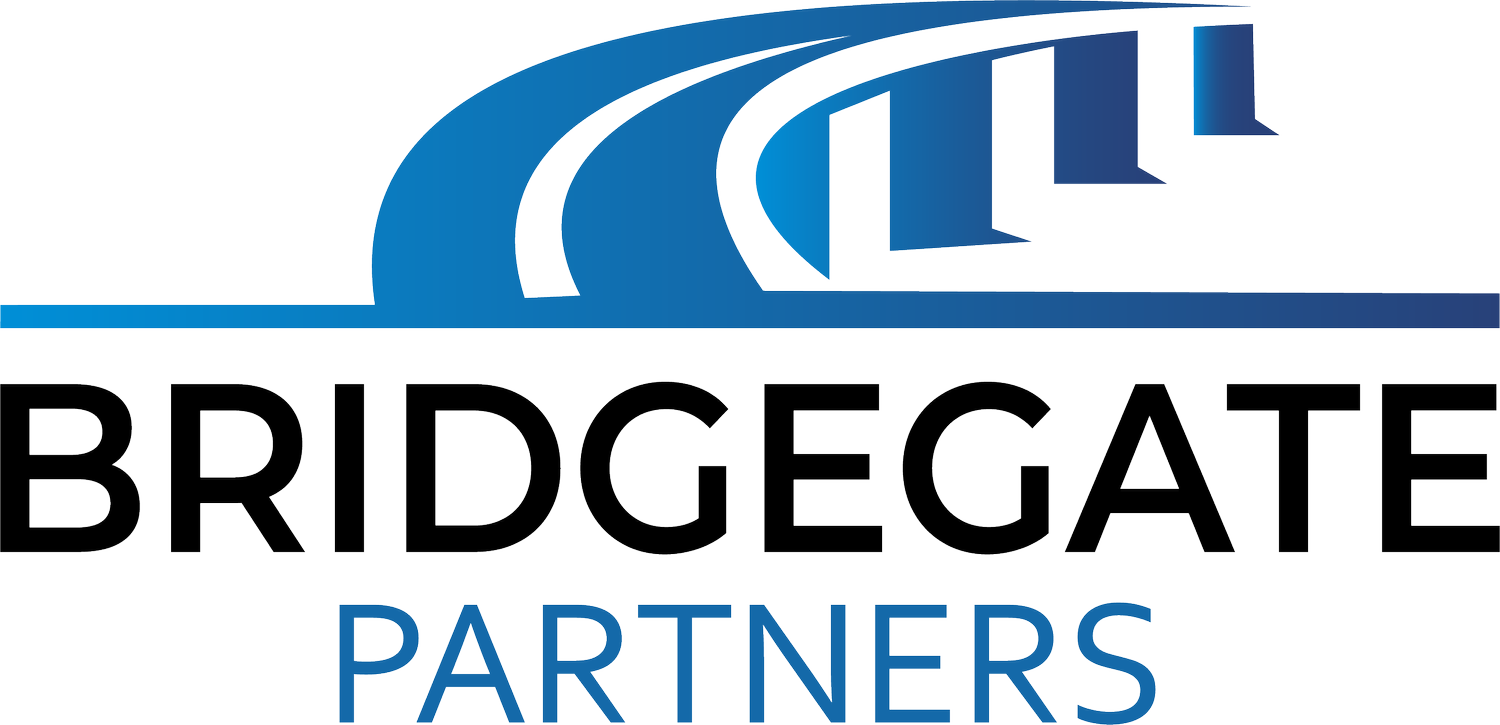Understanding Three Key Financial Measures About Your Small Business (and Introducing One You Might Not Know)
In the last two posts, we discussed profit/net income. It’s one of the most common financial measurements of your business. However, there is a fourth key metric that may surprise you. First, the common measures are:
• Gross profit,
• Net income,
• Cash flow.
Each of these measures provides insights into distinct aspects of your business.
Gross profit is the revenue remaining after deducting the cost of goods sold (COGS) from total revenue.
Calculation: Gross Profit = Revenue - Cost of Goods Sold
Gross profit reflects the efficiency of your company's production and manufacturing processes. It doesn’t consider other operating expenses, such as selling, general, and administrative expenses.
Net income, also known as net profit or profit after tax, is the amount remaining after deducting all expenses, including COGS, operating expenses, interest, and taxes, from total revenue.
Calculation: Net Income = Revenue - Total Expenses
Net income provides a comprehensive view of your company's overall profitability. It takes into consideration all costs associated with the business operations, including taxes and interest. As I discussed in the previous post, net income is the factor on which most potential buyers will focus before the buyer looks deeper at your business.
Cash flow represents the net amount of cash and cash equivalents transferred into and out of your business. It includes cash from operating activities, investing activities, and financing activities.
Calculation: Cash Flow = Cash from Operating Activities + Cash from Investing Activities + Cash from Financing Activities
Cash flow is crucial for assessing your company's liquidity and ability to meet its short-term obligations. Positive cash flow indicates that a company is generating more cash than it is spending, while negative cash flow may suggest potential financial challenges.
The 4th Key Business Financial Measure
You might know the common financial terms about your business I described above, but do you know what Seller’s Discretionary Earnings (SDE) means and why it’s important to you as you sell your business?
To calculate SDE, you start with the net profit of your business and then add back certain expenses and deductions that are discretionary or non-recurring, such as your salary, perks, non-recurring expenses, and other discretionary expenses.
Examples of owner perks that might be added back to calculate Seller's Discretionary Earnings (SDE) include:
• Personal Expenses: Meals, vacations, or personal travel expenses not directly related to business operations
• Company Cars or Vehicles: Cost to operate or lease a company car or vehicle for personal use
• Owner Health Insurance Premiums: Medical, dental premiums
• Retirement Contributions: Business contributions to your retirement accounts
• Cell Phone Bills: Charges for your cell phone
• Club Memberships: Membership fees for clubs, gyms, or professional organizations
• Home Office Expenses: Utilities or internet bills for your home office
Why SDE’s Are Important
SDE is important to both potential buyers and you as the business owner trying to sell your business. Here’s why:
1. Improve your business’s story: Your SDE improves the net profit picture of your business, which makes for a better story to share with potential buyers.
2. More accurate valuation: SDE provides a more accurate representation of the true earning potential of your business. This helps both a buyer and you determine a fair and reasonable valuation based on the actual cash flow generated by the business.
3. Negotiation: Understanding the SDE allows both you and potential buyers to negotiate a purchase price that reflects the business's true profitability. You can justify your asking price based on the business's true SDE adjusted historical earnings, while a buyer can more accurately assess whether the true net profit number aligns with their financial goals.
4. Financing: Lenders often consider the SDE when evaluating loan applications for purchasing a business. A strong SDE can increase the likelihood of securing financing, as it demonstrates the business's ability to generate sufficient cash flow to repay the loan.
5. Risk Assessment: SDE also helps both a buyer and you assess the true risk associated with your business. A higher SDE relative to the purchase price may indicate a lower level of risk for the buyer, while a lower SDE may signal potential challenges that need to be addressed.
Summary
The savvy business owner will set the price of her/his business based on net profit plus the businesses’ SDE. Can you see why?
Here’s a suggestion. Look at your latest P&L Statement. What are the potential SDE items in your business? Just for fun, try adding back the SDE’s for your business into your net profit number and see how your profit number improves. You will be pleasantly surprised.
If you want to discuss your business metrics with me as part of your business selling strategy, please book a complimentary Get Acquainted call with me. I love to discuss the financial health of small businesses with owners who are thinking about selling their business.
